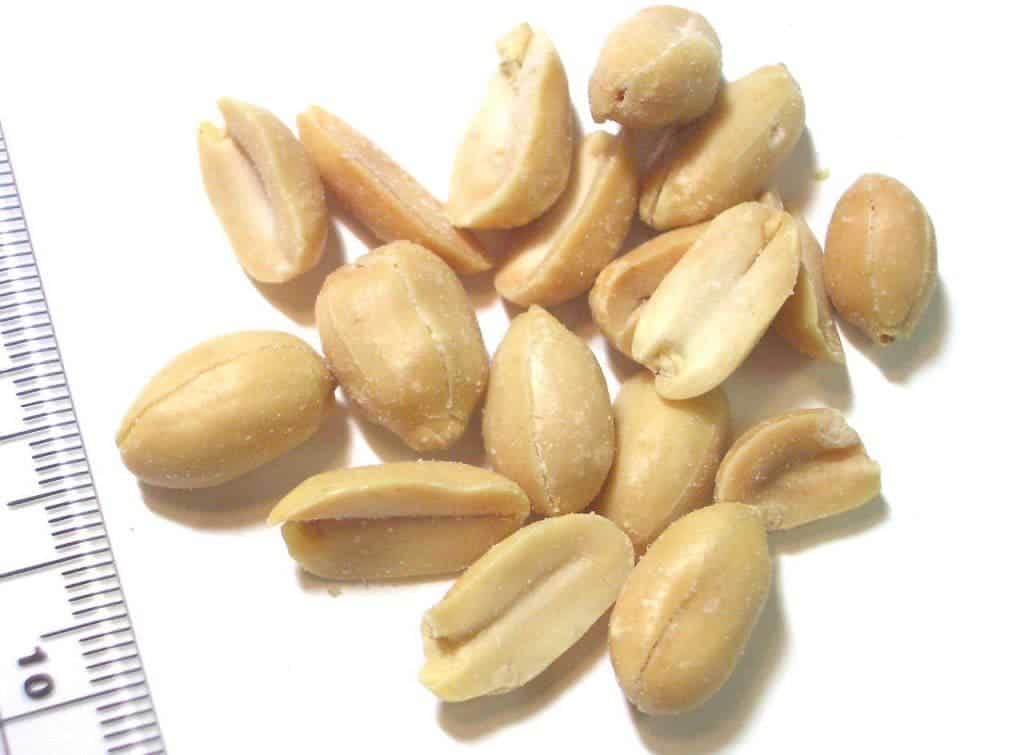A new study confirms previous findings: the best way to fight peanut allergy is by consuming peanuts as an infant.

Fight peanuts with peanuts
In recent years, there has been a growing number of studies indicating that fighting peanut allergy is best done… with peanuts. In January last year, a study reported that early exposure to peanut products could cut the risk of allergy by 80%. Now, a follow-up study found that the allergy protection is sustained even after avoiding the snacks for a year.
Basically, their results show that if children consume peanuts in the first 11 months of life, they are very likely to avoid peanut allergy later in life, and maintain this resistance for at least a year. Lead author Prof Gideon Lack said:
“[The research] clearly demonstrates that the majority of infants did in fact remain protected and that the protection was long-lasting.”
He also said that popular culture is a significant part that propagates this problem.
“I believe that this fear of food allergy has become a self-fulfilling prophecy, because the food is excluded from the diet and, as a result, the child fails to develop tolerance,” he said in an interview.
Researchers used the same 550 allergy-prone children as in the previous study, half of whom had been given peanut in some form as a baby, while half of which were only fed breast milk. The result also falls in line with other studies among which the general trend was – if you expose your baby to something benign as a child, they’re much more likely to develop a resistance to it. Prof Barry Kay, from Imperial College London added that the results “point the way to completely fresh thinking on the mechanisms of tolerance to allergenic foods in ‘at risk’ infants”.
This is also reassuring news for stemming what was beginning to look like a peanut allergy epidemic. According to previous research, peanut allergy has tripled from 1997 to 2008, and shows signs of growing more and more each year.






